By Steve Neavling
Motor City Muckraker
An arson epidemic, the closure of fire stations and failing hydrants have taken a heavy toll on Detroit’s neighborhoods.
Between 2013 and 2015, fires broke out in more than 10,000 houses, apartments, businesses, churches, schools and other buildings in Detroit, claiming about 120 lives, devouring neighborhood cores and prompting record-high homeowner insurance rates.
During the same period, the city closed eight ladder companies and 11 engine companies, leaving many areas, including the mayor’s mansion, without adequate fire protection.
Over the past 18 months, Motor City Muckraker examined every fire, interviewed dozens of firefighters, combed through tens of thousands of public records and listening to radio transmissions between firefighters and dispatchers for each fire run. We also used data compiled by Detroit-based Loveland Technologies, which surveyed the damage of all structure fires.
The findings paint the clearest picture yet of the devastating impact of fires and budget cuts:
- Nearly 110 blocks each had five or more house fires.
- About half of the houses and buildings burned by fires either collapsed or sustained serious damage to render the homes uninhabitable – a rate that nearly exceeds the city’s unprecedented effort to demolish vacant, blighted houses.
- Hundreds of broken fire hydrants hampered firefighting efforts, causing fires to burn longer and spread to adjacent structures.
- Fires spread to three or more houses at least 60 times between August 2014 an Dec. 31, 2015.
- About 70% of the structure fires were suspicious, but the Fire Department only investigated a fraction of them.
- Fires were so frequent and widespread that nearly every neighborhood sustained serious damage.
Fires are nothing new in Detroit. Since the 1970s, the city has struggled with one of the highest fire rates in the country.
But the city’s ability to extinguish fires was dramatically diminished in the summer of 2012, when then-Mayor Dave Bing cut the Fire Department’s budget by 20%, shutting down a third of the fire companies and severely reducing the amount of money to fix aging, long-neglected trucks, engines and equipment.
The consequences were brutal.
Response times decreased by 25%, and fire rigs broke down en route to hundreds of fires. Faulty equipment wasn’t fixed, and firefighters were ordered off the hydraulic ladders because they hadn’t been checked for safety in years.
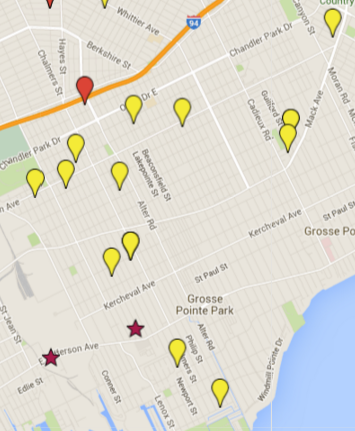
Deaths significantly increased in areas where fire stations were closed. For example, 13 people died in northeast Detroit after two engine companies were cut in June 2012. Before the cuts, there was only one fire-related death in that area between Jan. 1, 2010 and June 1, 2012.
In January 2013, a 71-year-old man with disabilities died in a house fire because firefighters couldn’t get there in time. Less than a mile away was Engine 38, which had been closed six months earlier. The next closest engine company, #52, was 3 miles away.
“I understand the city is broke, but you have to provide basic services,” said Ed Brown, a friend of the victim, Tom Clark. “This didn’t have to happen. Not like this.”
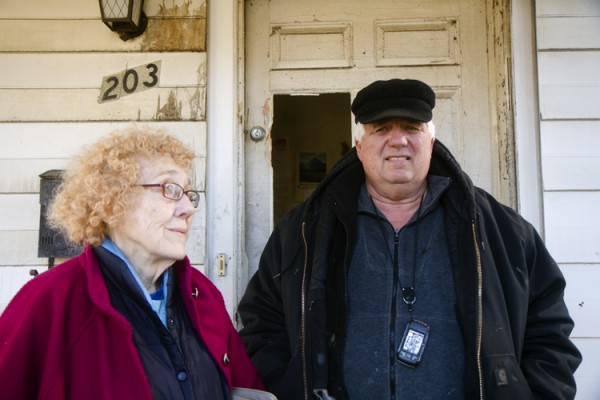
Most fires broke out in houses. But over the past three years, fires also damaged or destroyed 602 commercial buildings, 524 apartments, 63 schools and 21 churches.
Detroit’s high arson rate is attributable, at least in part, to the large number of abandoned houses and buildings left in the wake of a 60-year exodus to the suburbs. Over the past three years, about 7,000 suspicious fires broke out in houses and buildings. About 68% were vacant, an analysis of data shows.
Of the roughly 3,000 fires not considered suspicious, only 23% were vacant.
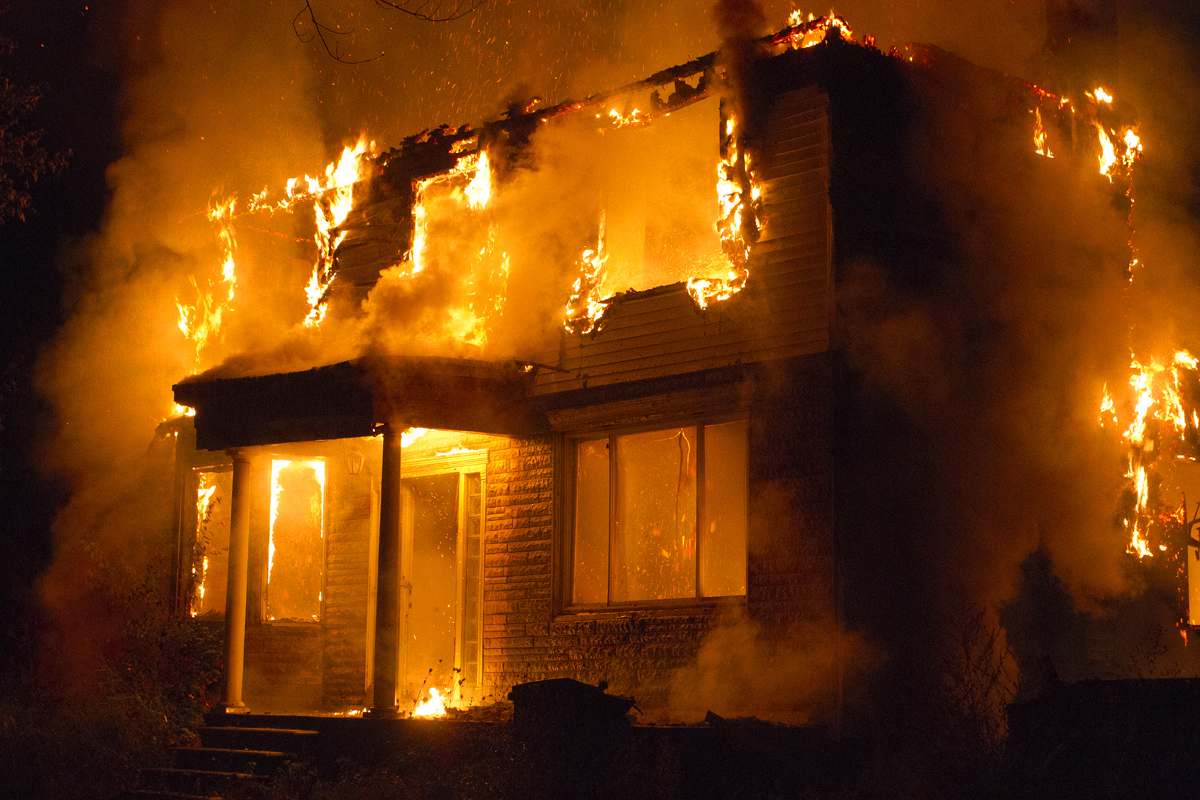
According to arrest records over the past three years, arsonists typically burn down houses and buildings for fun, revenge, insurance and Red Cross money. They also do it to cover up crimes.
“If a family’s home or apartment burns, they get free shelter and vouchers for clothes from the Red Cross,” TriData, a national public safety consulting firm, wrote in an in-depth report about the Fire Department’s serious troubles. “A common scam is that two or three related individuals will switch off being the renter and the homeowner – each with their respective insurance policies – and they both collect when there is a fire.”
Arson fires also tend to be more destructive than accidental ones because flammable liquids are commonly used, either by throwing a molotov cocktail through a window or saturating a structure with gas.
Of the suspicious structure fires between August 1, 2014 and Dec. 31, 2015, about 57% either collapsed or sustained severe damage, making the homes and building uninhabitable, according to an analysis of Loveland Technology’s data. Suspicious fires also are more likely to spread to neighboring homes and businesses.
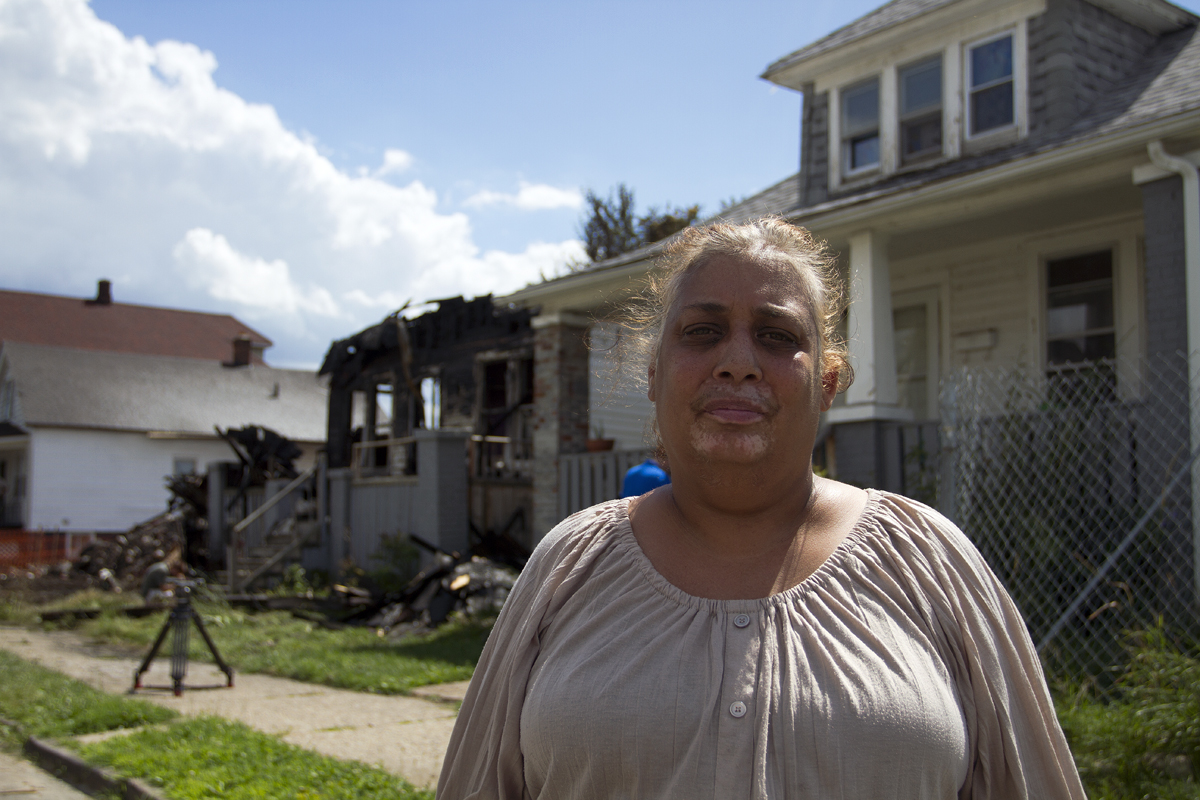
Take a suspicious fire in southwest Detroit on July 31, when a single house fire spread to six homes on Proctor Street. The fire was so enormous when firefighters arrived that the flames were burning the siding off of four occupied houses across the street.
“It was terrifying,” recalled Lisa Gonzalez, who lives on Proctor Street. “I thought we were going to lose the whole block.”
More than 60 fires spread to two or more houses between August 1, 2014 to Dec. 31, 2015. A vast majority were suspicious.
Of the fires not deemed suspicious, less than a third led to severe damage or collapse.
Here’s another way to look at how pervasive and damaging fires are in Detroit: At least 108 blocks each had five or more fires between 2012 and 2015.
When houses are destroyed by fire, they are often left standing, which increases blight, drives down property values, increases insurance rates and prompts residents to move.
The areas hardest hit by fires are in Detroit’s southwest, northwest and northeast. Here are the zip codes with the most fires between 2012 and 2015.
Fires also are burning longer because of chronically neglected hydrants. Last year, about half of Detroit’s hydrants were either broken, defective or in danger of freezing in the winter, according to records obtained by Motor City Muckraker.
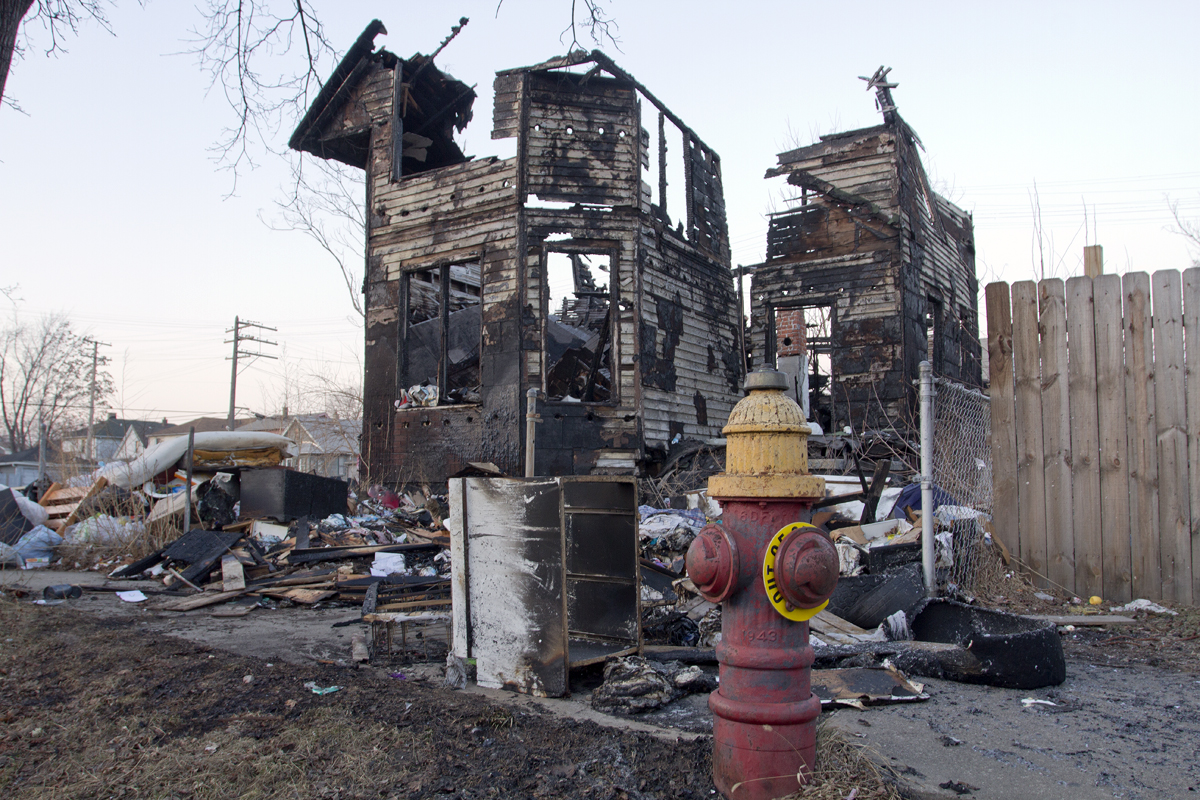
Of the hydrants that work, about 57% had inadequate water pressure to extinguish most fires, according to a random sample of about 100 hydrants taken by New Jersey-based Insurance Services Office (ISO), which downgraded Detroit’s insurance rating for the first time in 25 years, causing a spike in premiums that already were the highest in the state.
In 2015, firefighters lost control of hundreds of fires because of water-pressure problems.
On Aug. 13, a fire broke out in an occupied house at Maxwell and E. Canfield, an area riddled with water supply problems. Hydrant after hydrant failed.
“I have no water pressure; I don’t know what to do,” a firefighter told the chief as flames began to spread to the next-door house.
Firefighters were helpless as they waited an hour for the Detroit Water and Sewage Department (DWSD) to arrive. Softball-size embers began to rain down on houses a block away, catching at least one occupied house on fire.
‘Rolling the dice:’ Detroit routinely sends dangerously defective rigs to fires
But there is good news. In the past year, Detroit opened new fronts in its battle to curtail arsons and more effectively extinguish fires.
Unlike his predecessors, Mayor Mike Duggan not only stopped cutting the Fire Department’s budget; he increased funding for rig maintenance, firefighter equipment and firehouse improvements. The city also is buying new fire engines, ladder trucks and squads to replace the depleted, aging fleet. Some of the money comes from the city’s bankruptcy loan.
In addition, there are fewer houses to burn because of Duggan’s aggressive campaign to demolish blighted structures. Since he took office in January 2014, the city has razed about 8,000 houses and buildings.
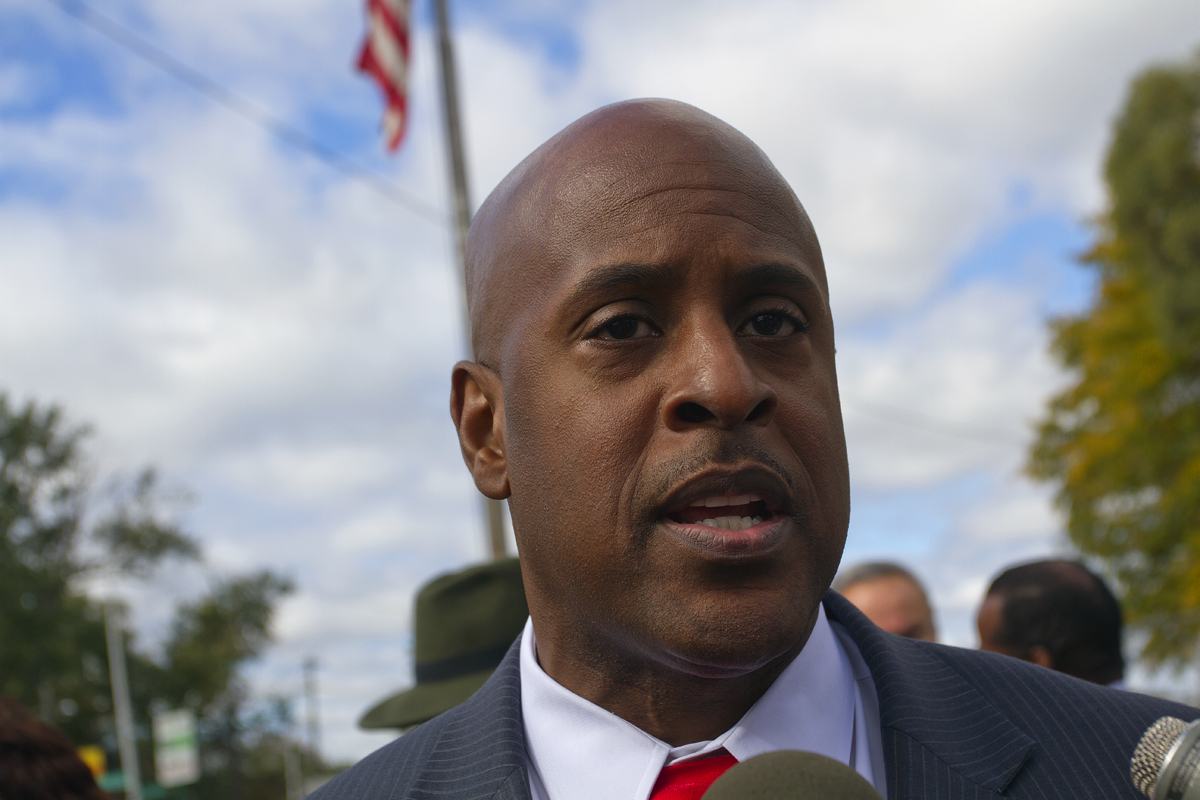
In October, Duggan forced the resignation of Fire Commissioner Edsel Jenkins, whose administration failed to provide firefighters with adequate rigs and life-saving equipment. His replacement, Commissioner Eric Jones, has ousted top officials, collaborated with police to help arson investigators, ensured hydraulic and ground ladders were certified and required an extra fire engine to respond to every fire.
DWSD also hired more crews to fix broken hydrants.
As a result, firefighters are more equipped to extinguish fires.
“I am going to do everything I can to get the fire and EMS divisions whatever they need to conduct their mission,” Jones told me.
In 2015, arson arrests increased by 78% and the number of investigations have risen by 30%.
The city also reopened a fire station – Engine 32, which protects the northeast side, where a rash of deaths occurred after Bing closed firehouses in 2012.
Duggan said he’s committed to improving the Fire Department.
“The service our firefighters and EMTs provide to our community is invaluable,” Duggan told us in an e-mail. “That’s why it’s important that we make sure they have the training, equipment and facilities they need to perform their jobs. We have a lot of work to do, but under the leadership of Commissioner Jones, the department is making great progress along these lines and we hope to make a case in the next year for an improved rating from ISO.”
Jones, a former deputy police chief for Detroit, said the problem has never been the firefighters, whom he calls “superheroes.”
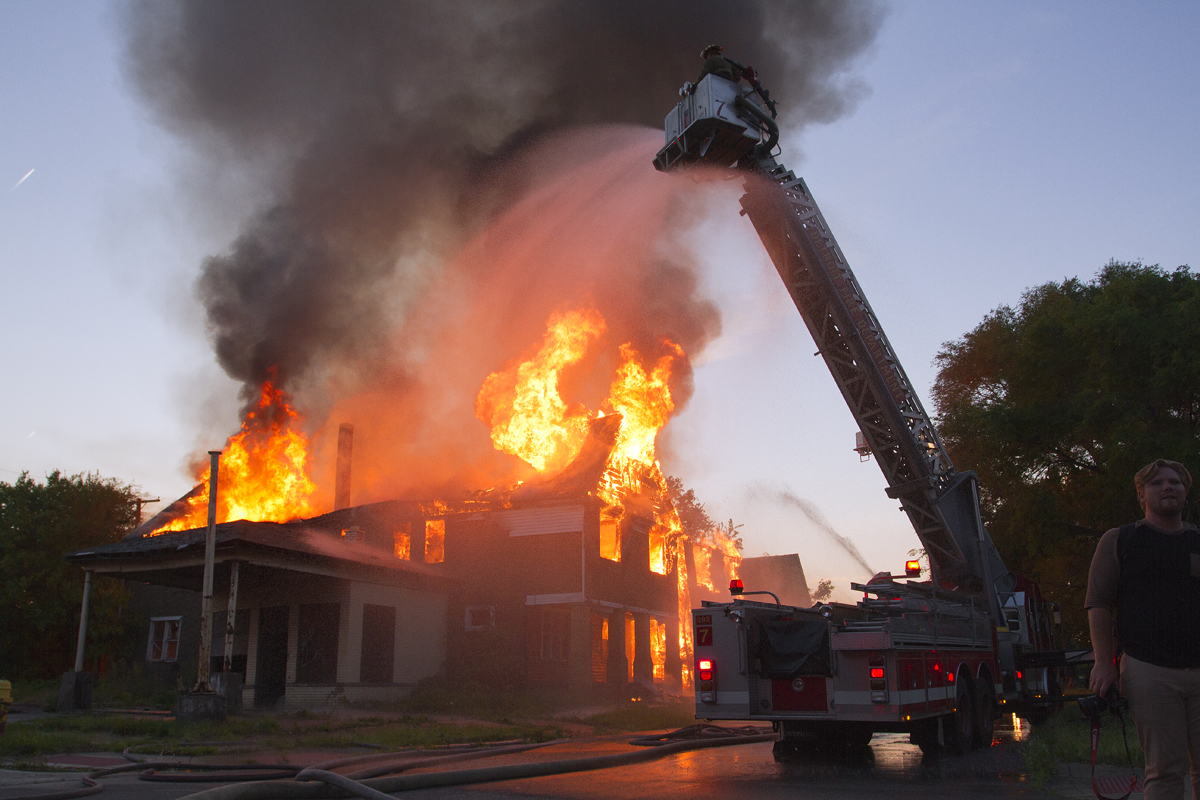
Jones recalled a hospital visit last month with an injured firefighter, who had sustained first-degree burns while trying to rescue someone from a burning home.
“He and his crew entered a burning building risking their lives to save the life of a stranger,” Jones said. “This is why I call them superheroes. These rescues happen almost daily and the firefighters don’t think twice about it. They love the citizens and they love their profession.”
After a fire nearly destroyed the entire city on June 11, 1805, a French Roman Catholic priest coined the motto: “We hope for better things; it will arise from the ashes”
Steve Neavling
Steve Neavling lives and works in Detroit as an investigative journalist. His stories have uncovered corruption, led to arrests and reforms and prompted FBI investigations.

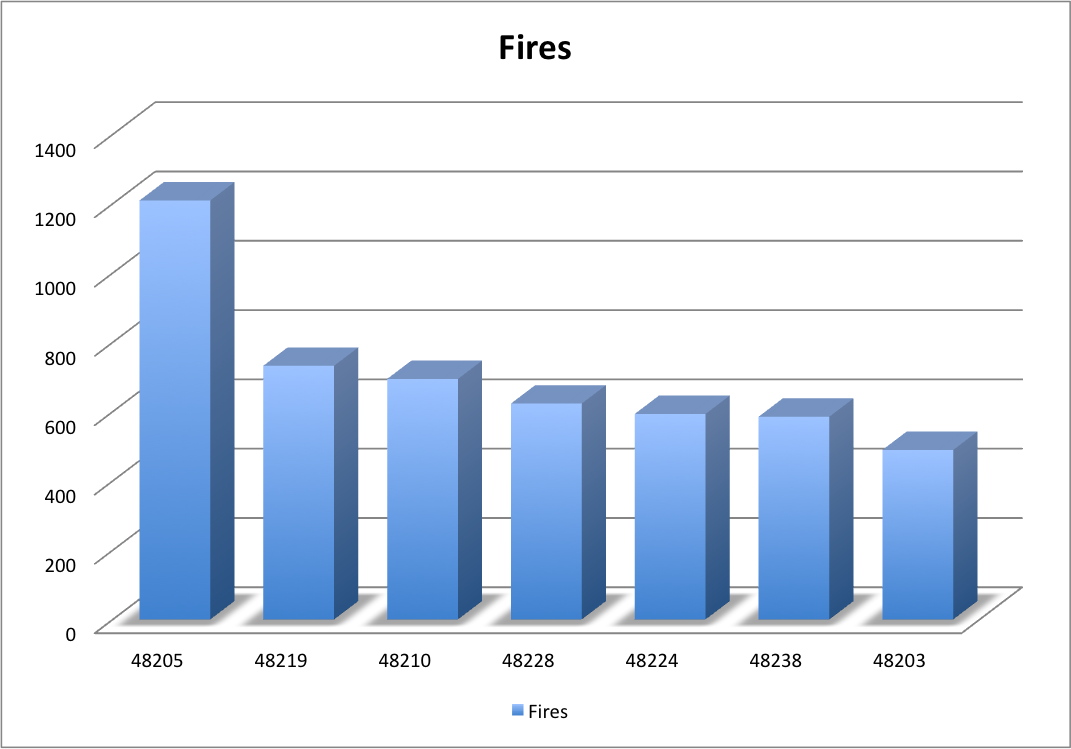
7 Responses to "How 10,000+ fires devoured Detroit neighborhoods over the past 3 years"